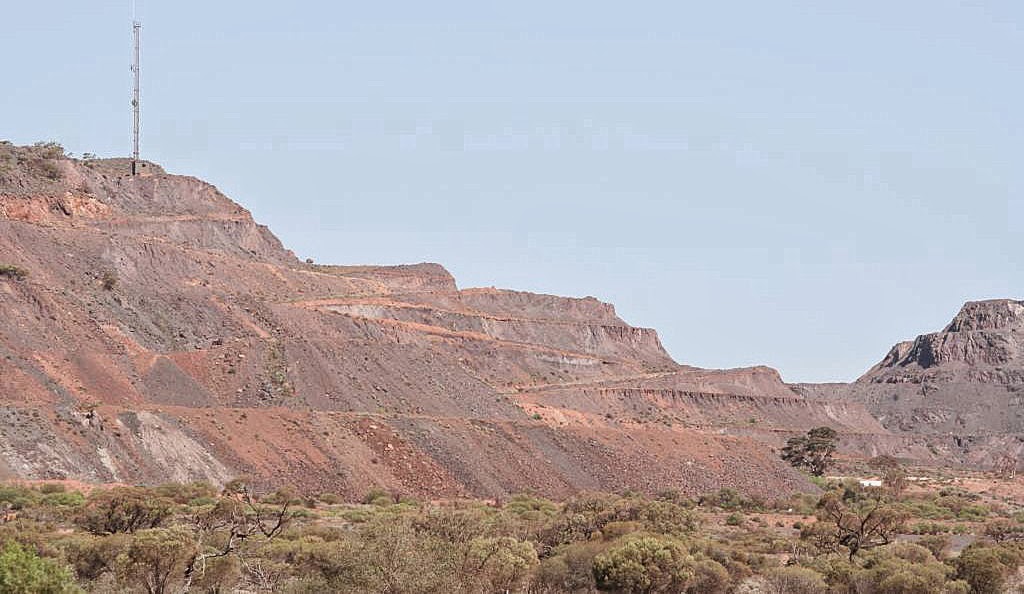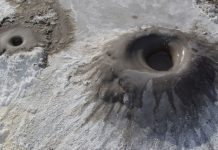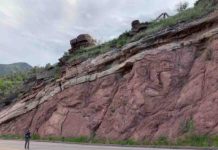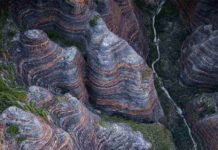
Finding ways to target mineral deposits in remote and deeply covered areas, such as in WA’s often thick regolith cover, has been a major motivating factor in collaborative research between Australian and US scientists.
Exploring the use of magnetite as a pathfinder mineral, the study involved the CSIRO Minerals Down Under Flagship, University of WA’s Centre for Exploration Targeting and the US Geological Survey at Denver’s Central Mineral and Environmental Resources Science Centre.
Study co-author Patrick Nadoll, who is based at Kensington’s CSIRO Earth Science Resource Engineering, says a steadily growing magnetite chemistry database is showing distinctive compositional trends that can discriminate between hydrothermal (formed from water) and igneous (formed from lava or magma) magnetite.
“This helps exploration geologists find mineral deposits distal to the main mineralisation,” he says.
“The composition of igneous and hydrothermal magnetite is governed by several chemical and physical factors, such as temperature and fluid composition.
“Variations in the concentrations of key minor and trace elements represent a compositional signature that can fingerprint host rocks and mineral deposits.”
Main discriminator elements for magnetite are magnesium, aluminium, titanium, vanadium, chromium, manganese, cobalt, nickel, zinc, and gallium which are commonly present at detectable levels (10 to 1000 parts per million).
They display systematic variations across different types of mineral deposits and can also help to differentiate barren from mineralised areas.
“The use of statistical data exploration has been particularly helpful to find trends and patterns in large databases,” Dr Nadoll says.
“And the occurrence, abundance and composition of mineral inclusions in magnetite can also be a useful guide for exploration.
“For example, sulfide inclusions in magnetite are indicative for hydrothermal magnetite from sulfidic hydrothermal ore deposits such as skarn or porphyry deposits.”
Several differences between magnetite minor and trace element data for magnetite were found for different locations around the world—but Dr Nadoll says the variations are controlled by different formation conditions rather than representing a geographical signature.
“Overall, hydrothermal magnetite from a specific mineral deposit type and igneous magnetite from a specific host rock show a characteristic range of minor and trace element concentrations, which is their compositional signature,” he says.
“Magnetite from magnesian skarn deposits in the US will have similar compositional signatures to magnetite from the same deposit type in Indonesia.”
Following on from the research, Dr Nadoll says magnetite from glacigenic or stream sediments, or from regolith cover, can serve as an indicator for mineral exploration.
Note : The above story is based on materials provided by Science Network WA










